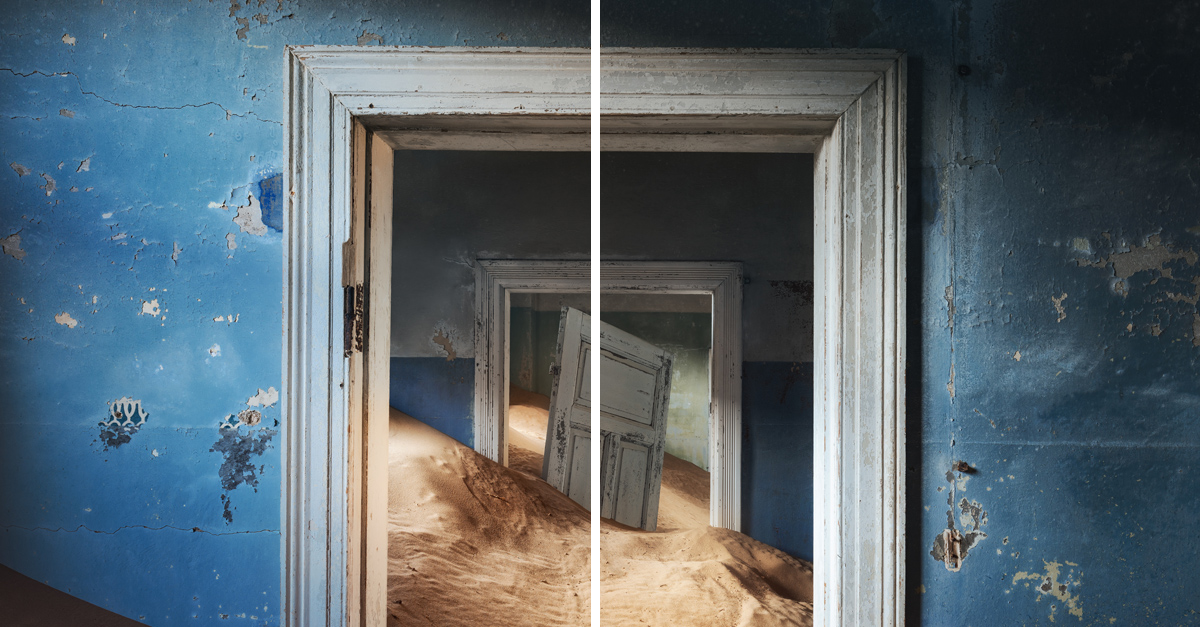Discoveries Of A Lifetime
Every year, archaeologists uncover new and amazing evidence and artifacts from the ancient world. Some are small discoveries, like a couple of coins, but some are immense, like whole funerary complexes. We’ve assembled some of the most interesting discoveries from 2024.
January
Archaeologists found one of the oldest Amazonian complexes to date. They are a millennium older than other ancient societies, and located in the Upano River valley in eastern Ecuador. They were inhabited around 500 BCE.
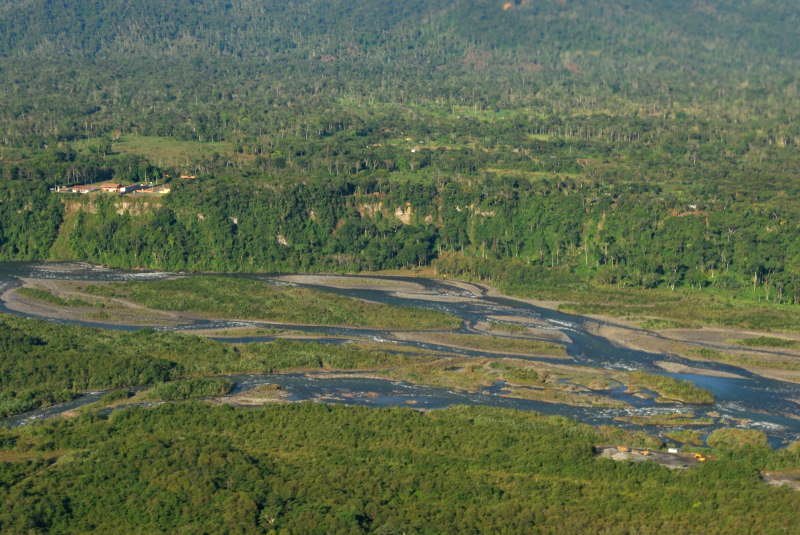 Diego Tirira, CC BY-SA 2.0, Wikimedia Commons
Diego Tirira, CC BY-SA 2.0, Wikimedia Commons
January
Francisco Estrada-Belli and their team found a Maya tomb from around 1,700 years ago. Within, they found pieces of a jade mask alongside many fantastic funeral offerings. The site provides a wealth of information and insight into their research.
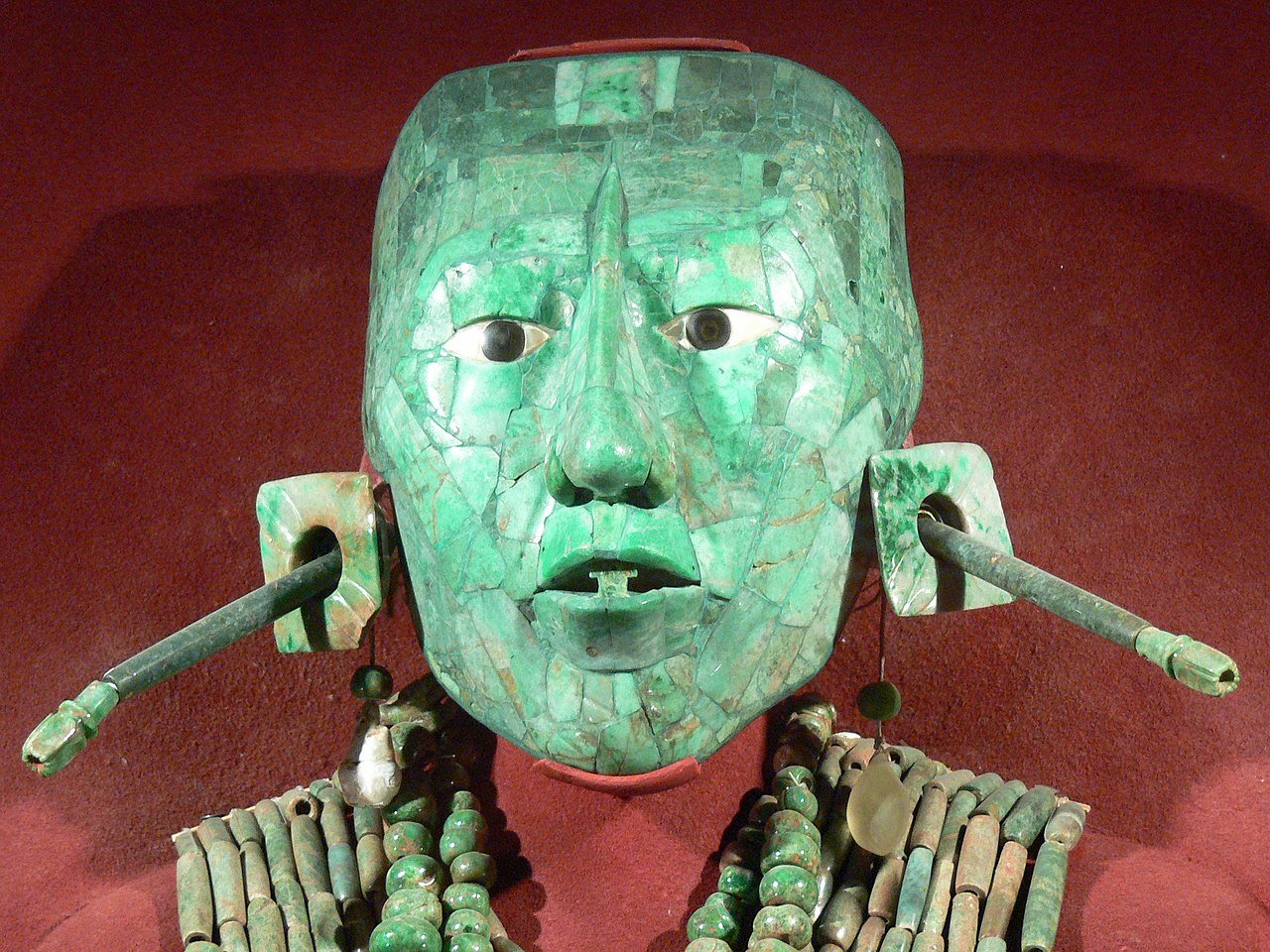 Wolfgang Sauber, CC BY-SA 3.0, Wikimedia Commons
Wolfgang Sauber, CC BY-SA 3.0, Wikimedia Commons
January
A team of Japanese and Egyptian archaeologists have uncovered a tomb dating to the Second Dynasty in Saqqara. It was filled with artifacts from a variety of time periods, and included remains and two terracotta statues of Isis and Harpocrates.
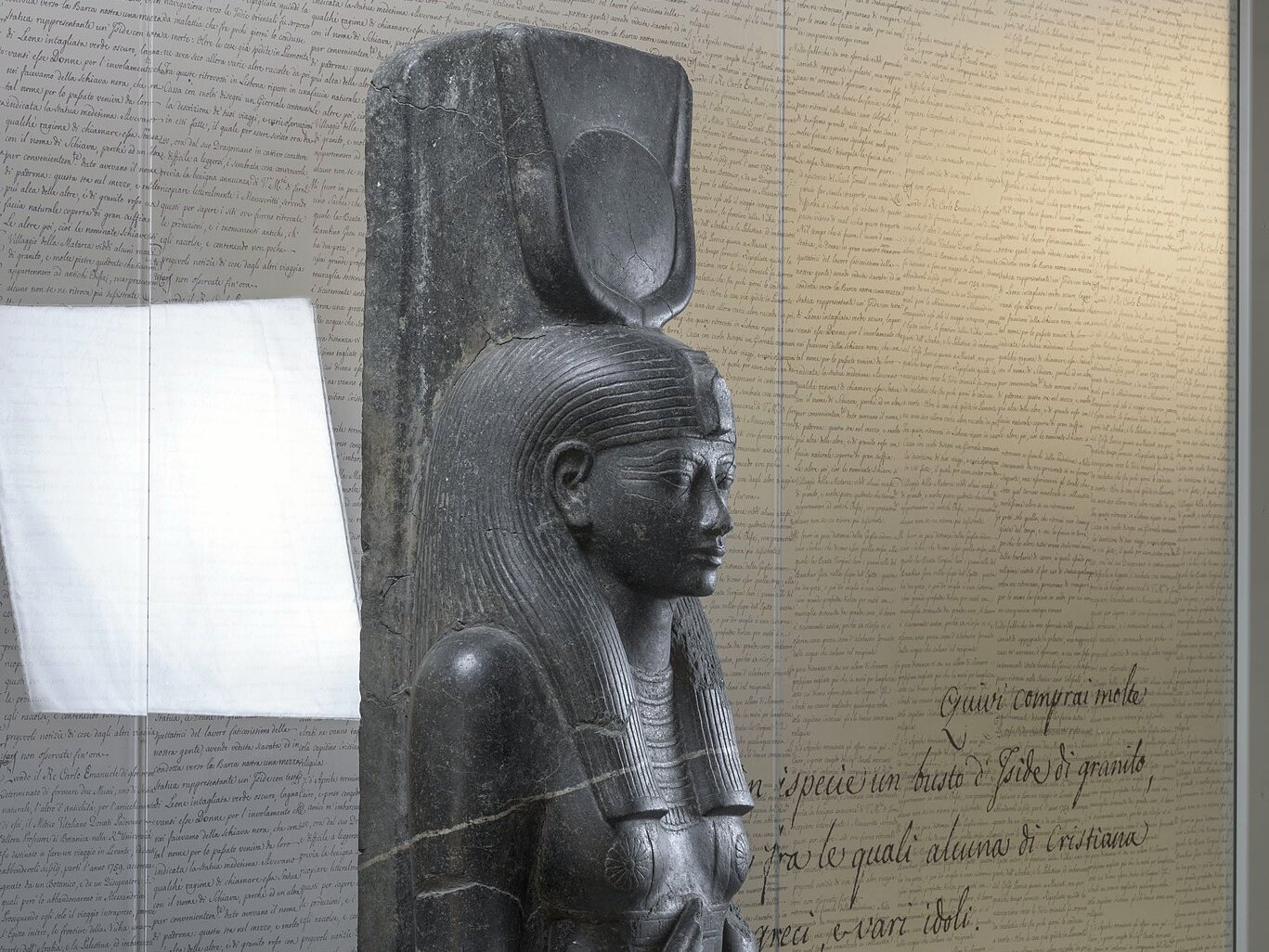 Museo Egizio, CC0, Wikimedia Commons
Museo Egizio, CC0, Wikimedia Commons
February
Homo sapiens bone fragments were found in Ranis, Germany, and identified through DNA analysis. They’re dated to around 47,500 years ago, and the discovery has granted new perspectives on modern humans and when they arrived in Europe.
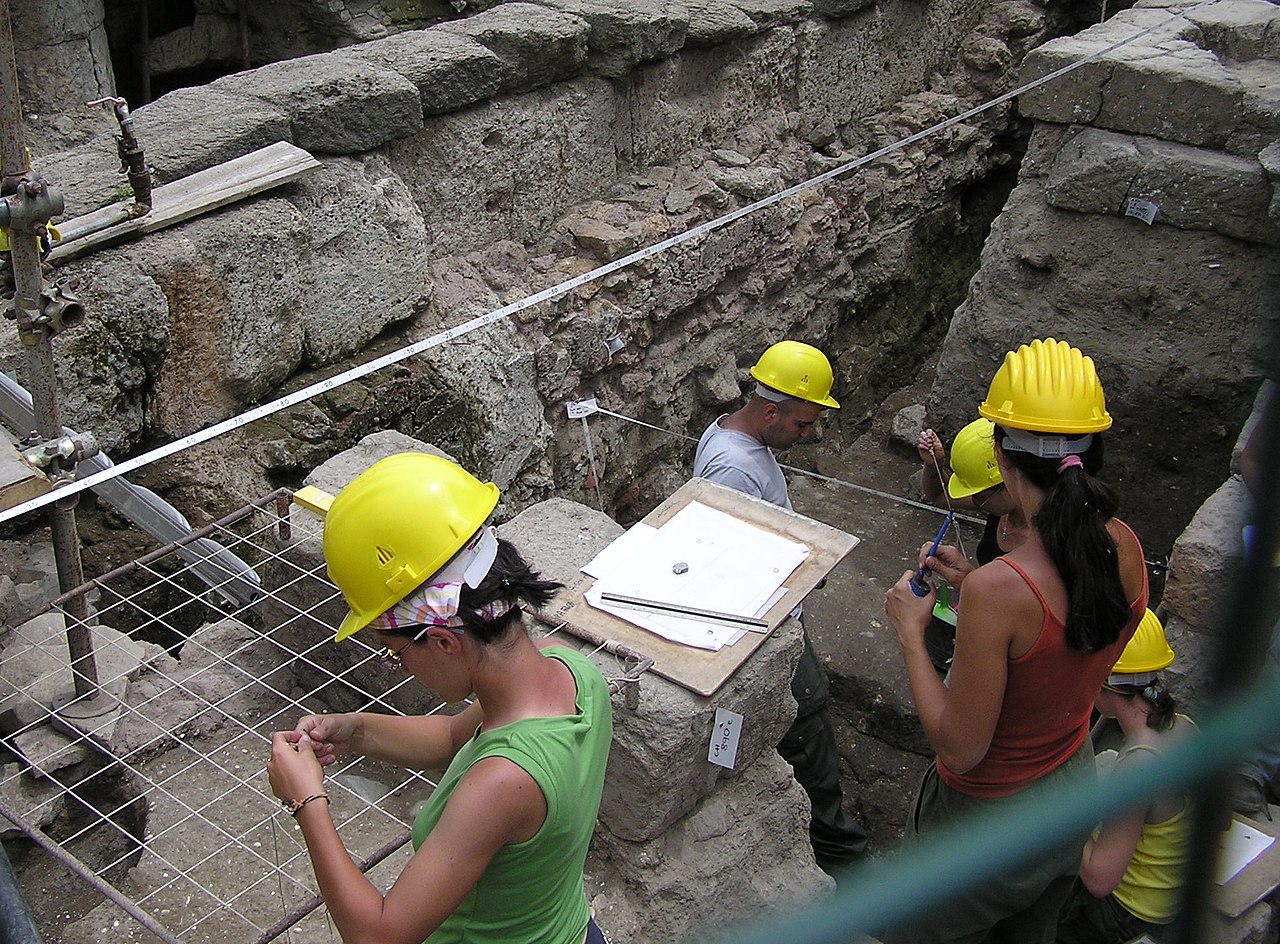 Arpingstone, Wikimedia Commons
Arpingstone, Wikimedia Commons
February
Ruins of a medieval church, the church of San Geminiano, and stone-lined tombs have been discovered under the Piazza San Marco in Venice. The ruins were uncovered when stone paving restoration began.
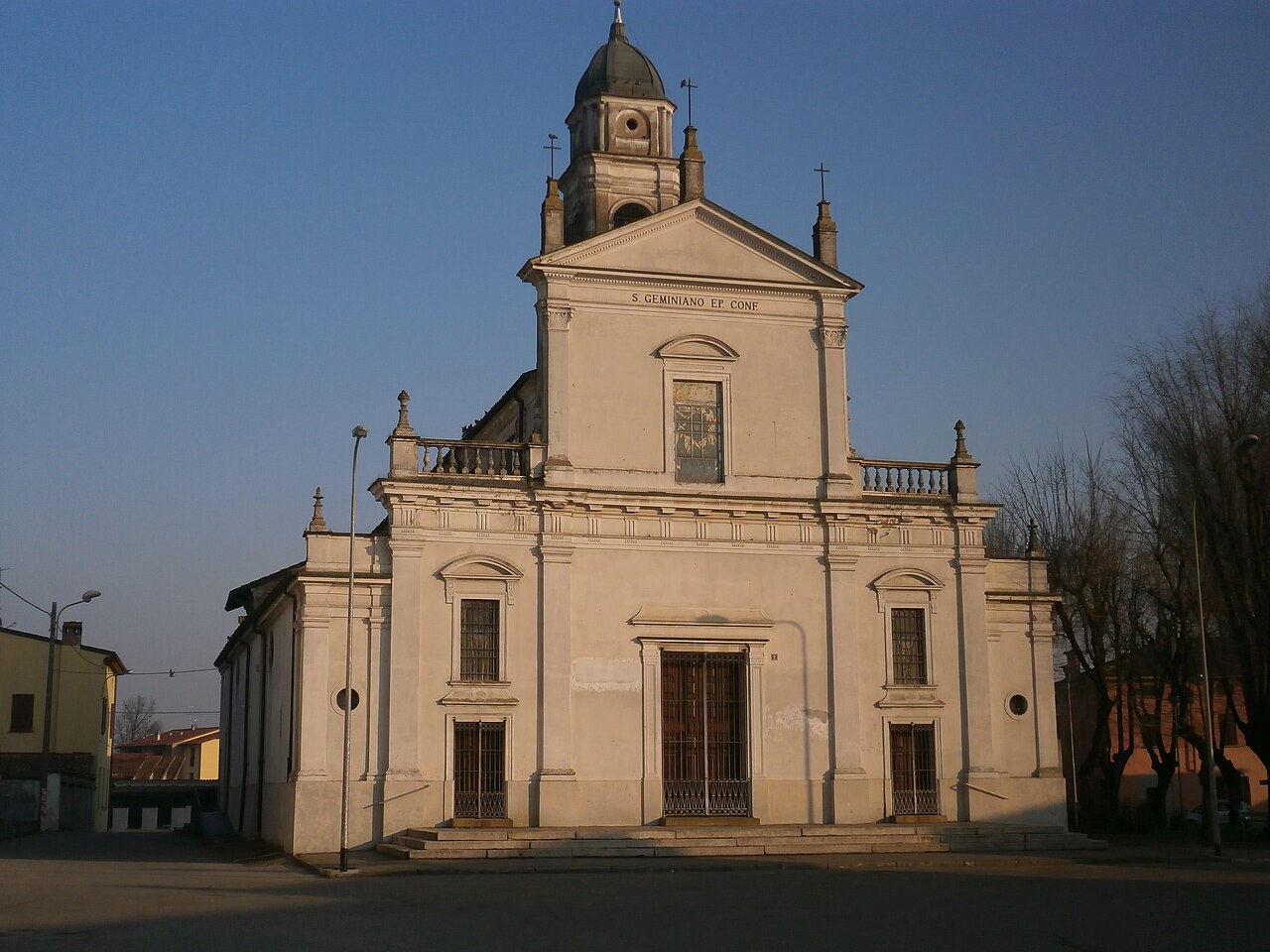 Casalmaggiore Provincia, CC BY-SA 4.0, Wikimedia Commons
Casalmaggiore Provincia, CC BY-SA 4.0, Wikimedia Commons
February
Evidence of chromosomal disorders has been found in remains that are from as far back as 4,500 years in human history. They range from Spain, to Finland and Bulgaria. The remains were buried carefully with unique funeral offerings, showing they were loved by their communities.
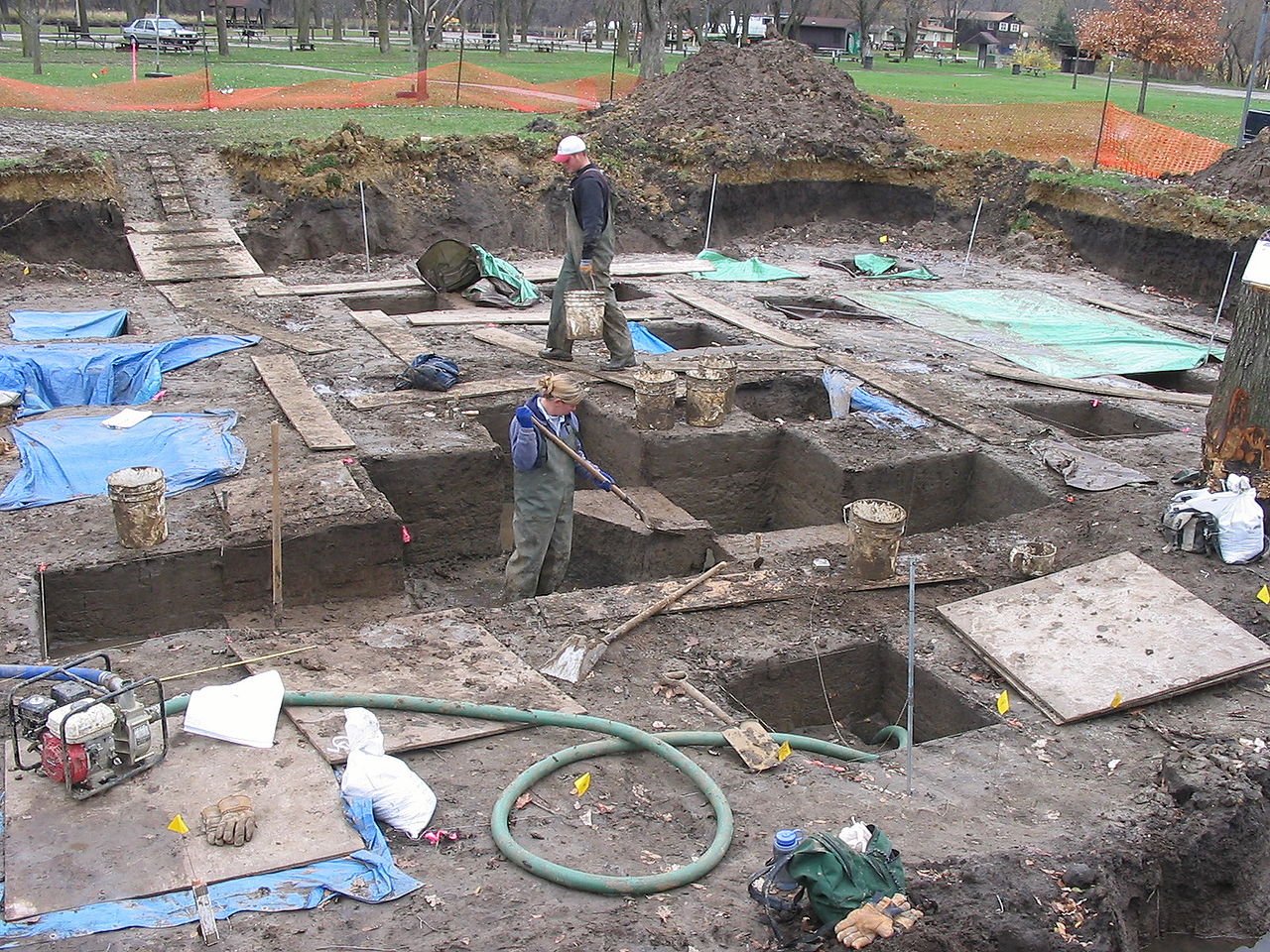 Billwhittaker, CC BY-SA 3.0, Wikimedia Commons
Billwhittaker, CC BY-SA 3.0, Wikimedia Commons
March
The tomb of a noble lord was found in the El Caño Archaeological Park in Panama. The 1,200-year-old tomb is from the Gran Coclé culture and contains 31 additional remains and many different golden offerings.
 Victor Sanchez Urrutia, CC BY-SA 3.0, Wikimedia Commons
Victor Sanchez Urrutia, CC BY-SA 3.0, Wikimedia Commons
March
Around 7,000 human bones, along with various funeral offerings, and a skull from the Bronze Age featuring a strange hole probably caused by trepanation, were found. They were located in the Cova Dels Xaragalls in Spain.
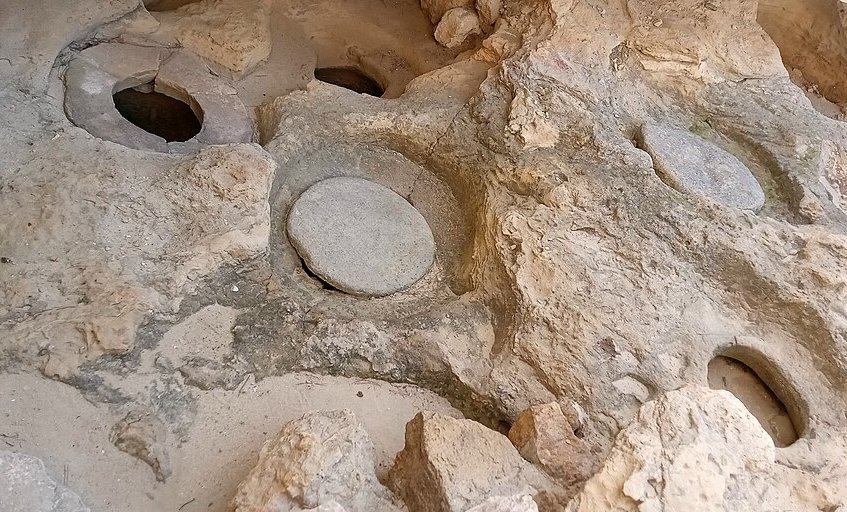 A.-K. D., CC BY-SA 4.0, Wikimedia Commons
A.-K. D., CC BY-SA 4.0, Wikimedia Commons
March
The oldest known bread was found in Konya, Turkey at Çatalhöyük, a Neolithic site. The surrounding structure was a destroyed oven, alongside wheat, barley, and pea seeds. The bread dates to 6,800 BCE.
 Murat Özsoy, CC BY-SA 4.0, Wikimedia Commons
Murat Özsoy, CC BY-SA 4.0, Wikimedia Commons
March
A mostly-whole set of Hussar armor from the 17th century was located in Mikułowice in Poland. Once it has been inspected and properly conserved, it will go on display at the Castle Museum in Sandomierz.
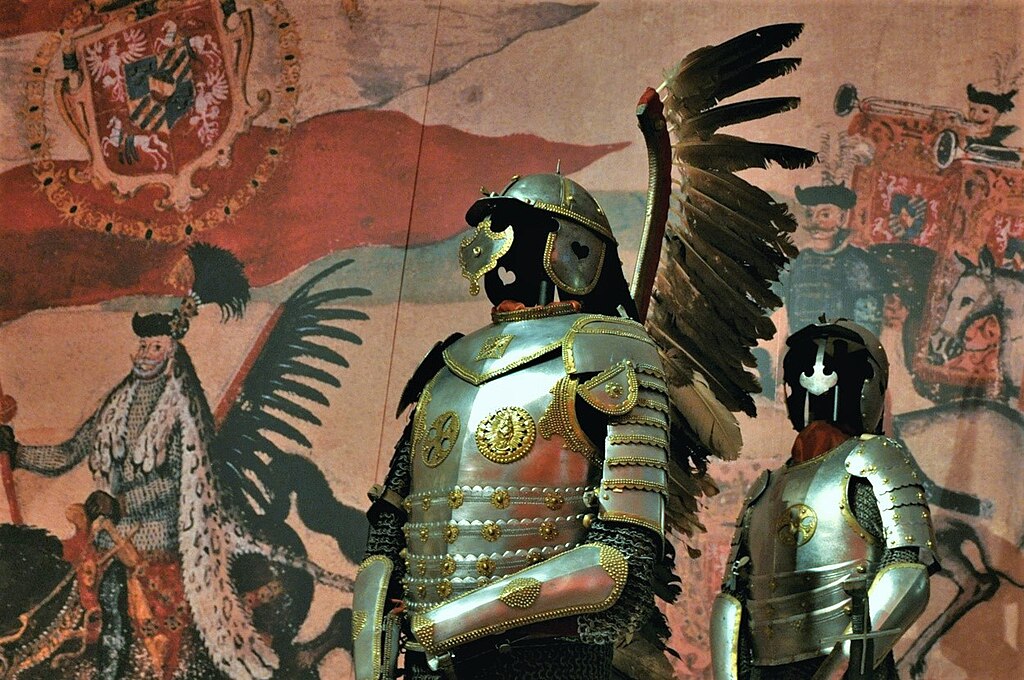 bazylek100, CC BY 2.0, Wikimedia Commons
bazylek100, CC BY 2.0, Wikimedia Commons
April
A discovery in Pompeii revealed Roman frescoes portraying Ancient Greek figures like Helen of Troy, Apollo, and Cassandra. This new excavation came a few months before another fantastic discovery in the ancient, buried city.
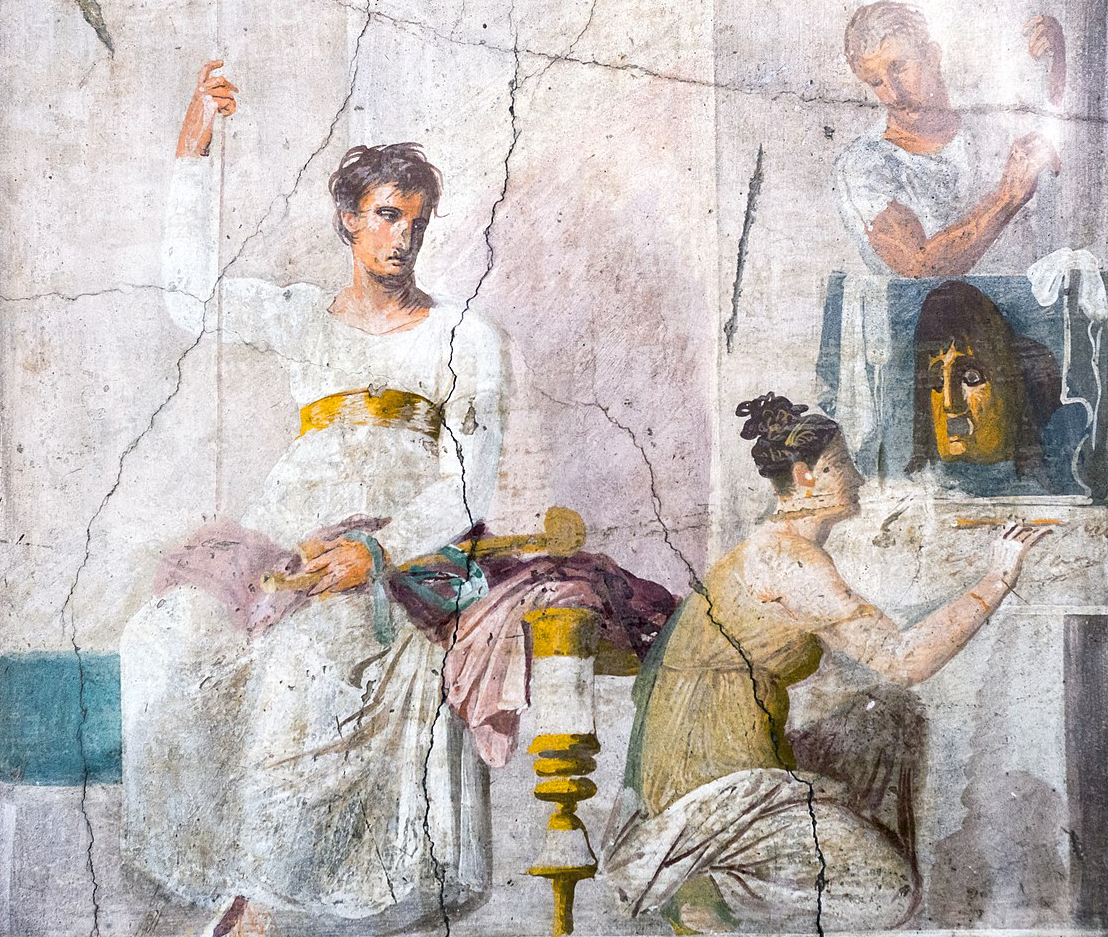 ArchaiOptix, CC BY-SA 4.0, Wikimedia Commons
ArchaiOptix, CC BY-SA 4.0, Wikimedia Commons
April
Artifacts from a more recent time in human history have been uncovered. A hoard of musket balls, grapeshot, and a shoe buckle are suspected to belong to Donald Cameron of Lochiel, chief of Clan Cameron and known Jacobite.
 William Home Lizars, Wikimedia Commons
William Home Lizars, Wikimedia Commons
April
Three Roman burial sites from the 5th or 6th centuries BCE were found near the ancient city of Ossónoba, now Faro, Portugal. The graves utilized resources from older ruins in the area. Archaeologists found remains, Roman artifacts, and evidence of a dye factory.
 Bextrel, CC BY-SA 4.0, Wikimedia Commons
Bextrel, CC BY-SA 4.0, Wikimedia Commons
April
New information about Plato’s burial location was found by a University of Pisa papyrologist. The information was found among the Herculaneum papyri, which is just the most recent discovery made from the written records.
 Deiadameian, CC BY-SA 4.0, Wikimedia Commons
Deiadameian, CC BY-SA 4.0, Wikimedia Commons
May
The wreck of the USS Harder submarine, which sank in 1944, was found mostly undamaged in the South China Sea near the island of Luzon in the Philippines. The discovery was made by Tiburon Subsea CEO Tim Taylor and the Lost 52 Project.
May
An 11- to 13-hectare Late Neolithic settlement was discovered near the Timiš River in northeastern Serbia. It is likely of the Vinča culture and is about 7,000-years-old, from around 5,400 to 4,400 BCE.
 Miko, CC BY-SA 4.0, Wikimedia Commons
Miko, CC BY-SA 4.0, Wikimedia Commons
May
A horrific discovery was made under a house belonging to Nazi leader Hermann Goering in Poland. Remains of five human skeletons were found without their hands and feet.
 Raymond D'Addario, Wikimedia Commons
Raymond D'Addario, Wikimedia Commons
June
A shipwreck was found along the Mediterranean coast near Palestine. At a depth of 1,800 meters, the well-preserved wreck has hundreds of unbroken Canaanite jugs that would have held fermented grape juice, food oil, fruit, and other wares.
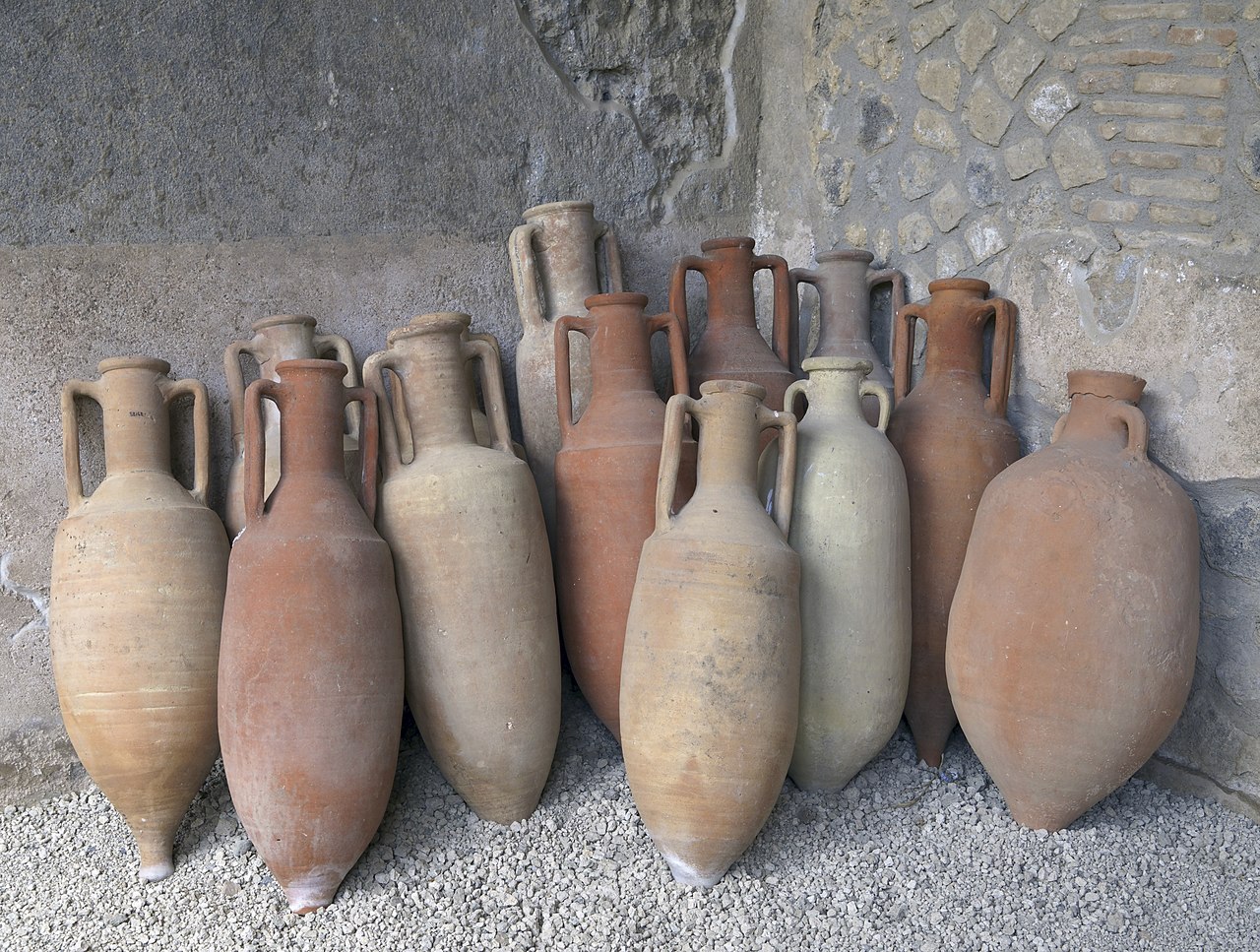 Commonists, CC BY-SA 4.0, Wikimedia Commons
Commonists, CC BY-SA 4.0, Wikimedia Commons
June
A shrine with blue-painted walls—the color being a rarity—covered in paintings of women representing the four seasons was discovered. The shrine had many different offerings preserved within, and is thought to be a sacrarium, a sanctuary of a church.
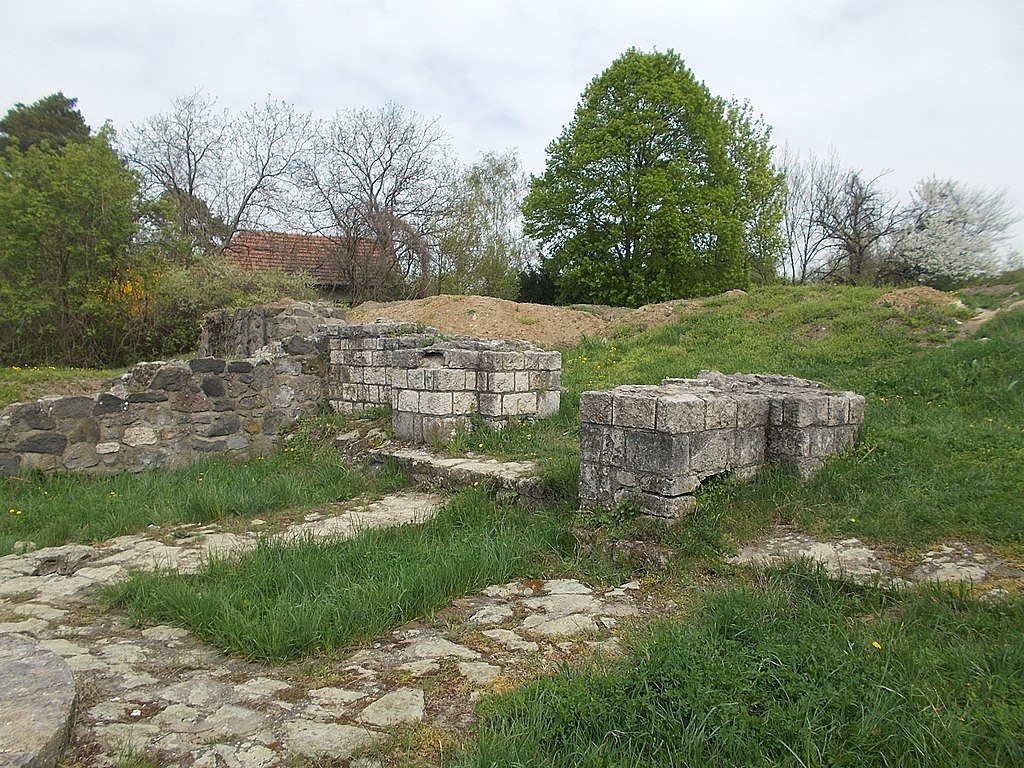 Globetrotter19, CC BY-SA 3.0, Wikimedia Commons
Globetrotter19, CC BY-SA 3.0, Wikimedia Commons
June
A 2,000-year-old white wine was found in a glass funerary urn. It was in a tomb found in Carmona, Spain, and the urn also contains the remains of two men. More evidence that humans have always indulged in substances.
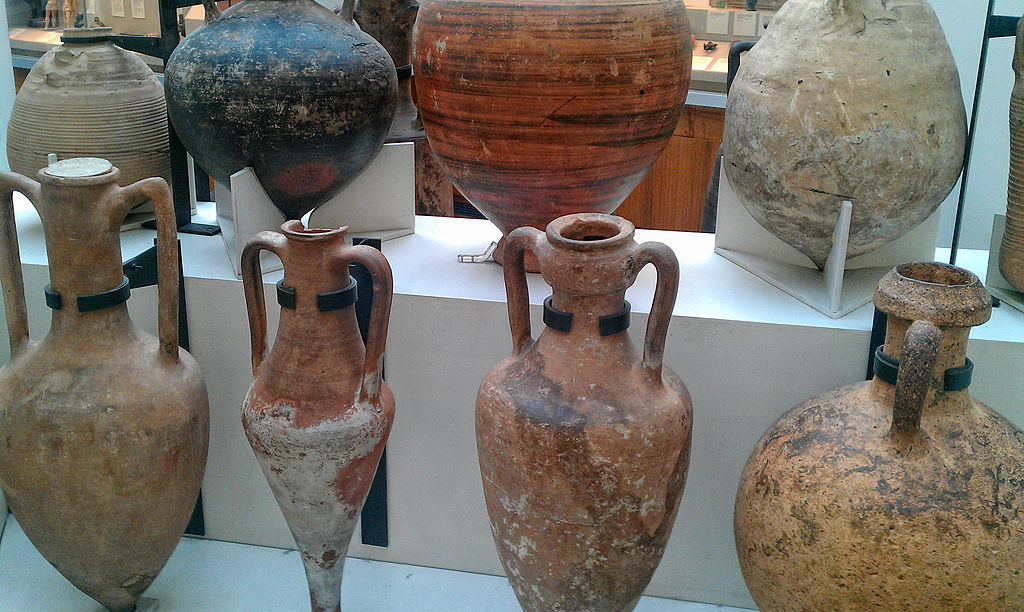 Andres Rueda, CC BY 2.0, Wikimedia Commons
Andres Rueda, CC BY 2.0, Wikimedia Commons
July
One of the oldest cave paintings was discovered. It shows three people crowding around a big red pig. The painting is about 51,200 years old, and found in the Leang Karampurang cave in South Sulawesi, Indonesia.
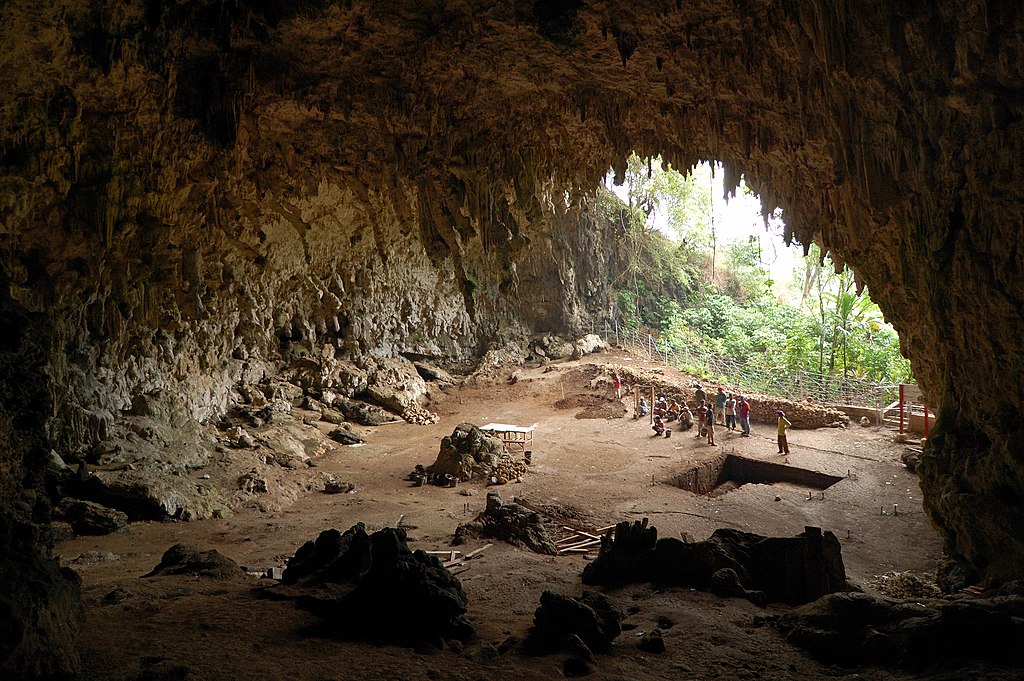 Rosino, CC BY-SA 2.0, Wikimedia Commons
Rosino, CC BY-SA 2.0, Wikimedia Commons
July
Pillared halls were found in a painted throne room of a powerful Moche queen at the Pañamarca in Peru, dated around 350 and 850 CE. It was just one part of a massive complex of buildings and has caused the archaeologists to rethink ancient gender roles.
 Jean-Pierre Dalbéra, CC BY 2.0, Wikimedia Commons
Jean-Pierre Dalbéra, CC BY 2.0, Wikimedia Commons
July
Evidence of ritual magic has been found in Cloggs Cave in southeastern Australia. Sticks smeared with fat and burned at one end show that the ritual—used to heal illness—was passed down for over 500 generations.
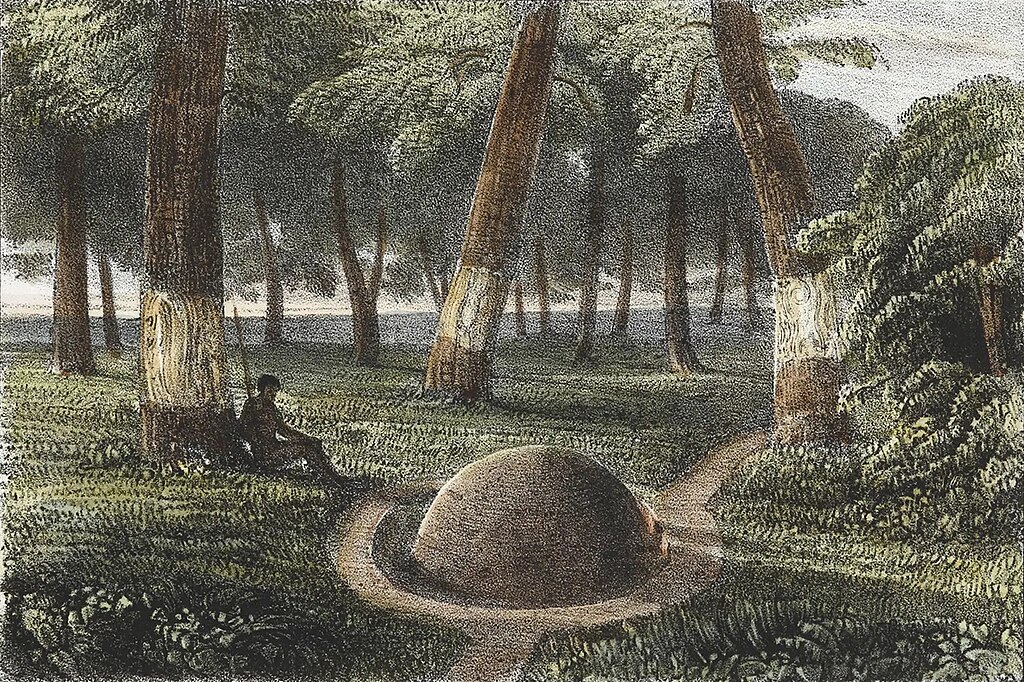 Charles Sturt, Wikimedia Commons
Charles Sturt, Wikimedia Commons
July
A large ceremonial temple and theater featuring a large stone portraying a mythical bird was discovered at La Otra Banda archaeological site in Peru. The temple is thought to be 4,000 years old.
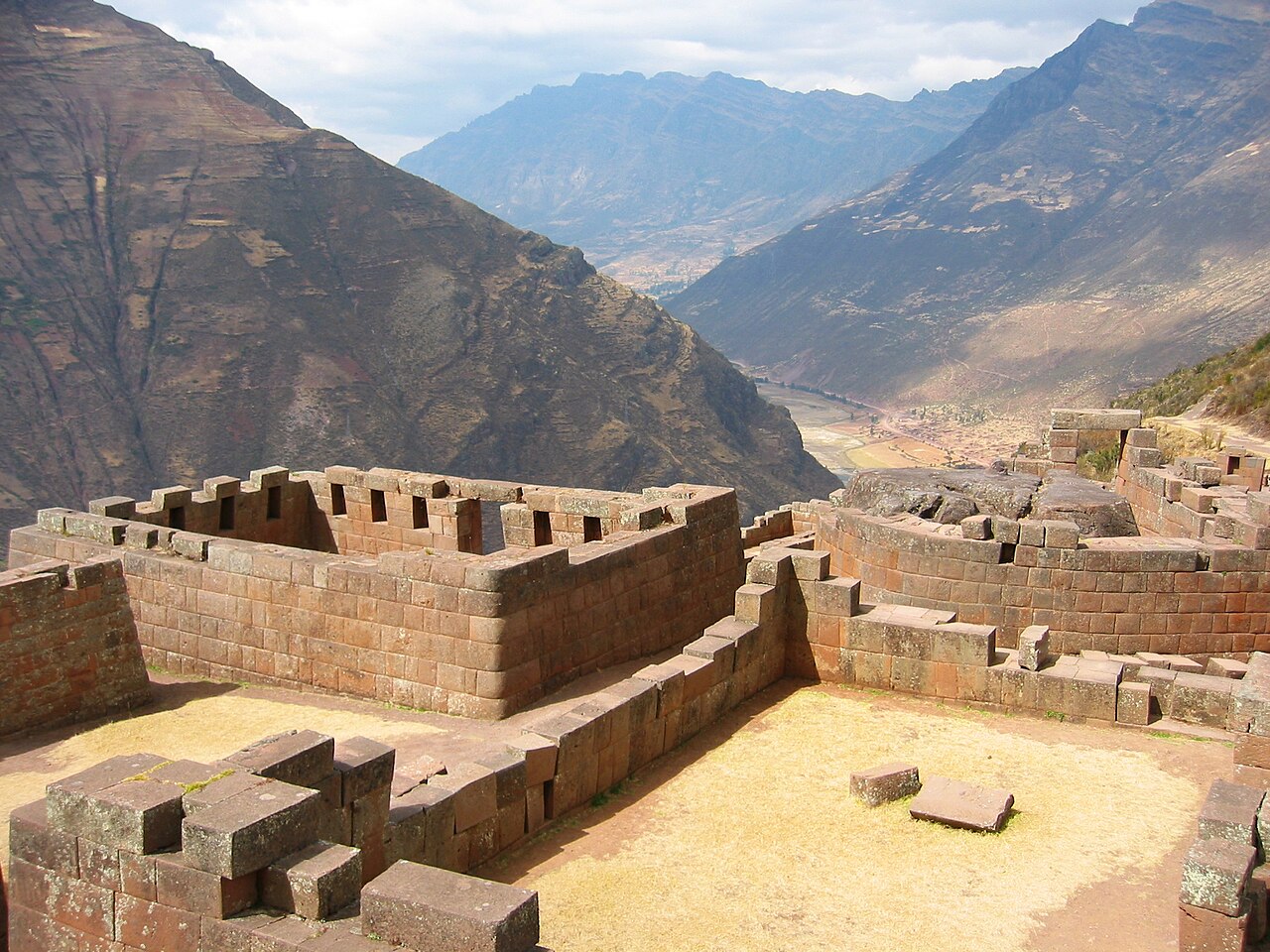 Bcasterline, Wikimedia Commons
Bcasterline, Wikimedia Commons
August
A prehistoric settlement around 7,000 years old was found in the Czech Republic by the Academy of Sciences. Occupied by early European humans, the site features many longhouses, tons of broken pottery remains, and tools.
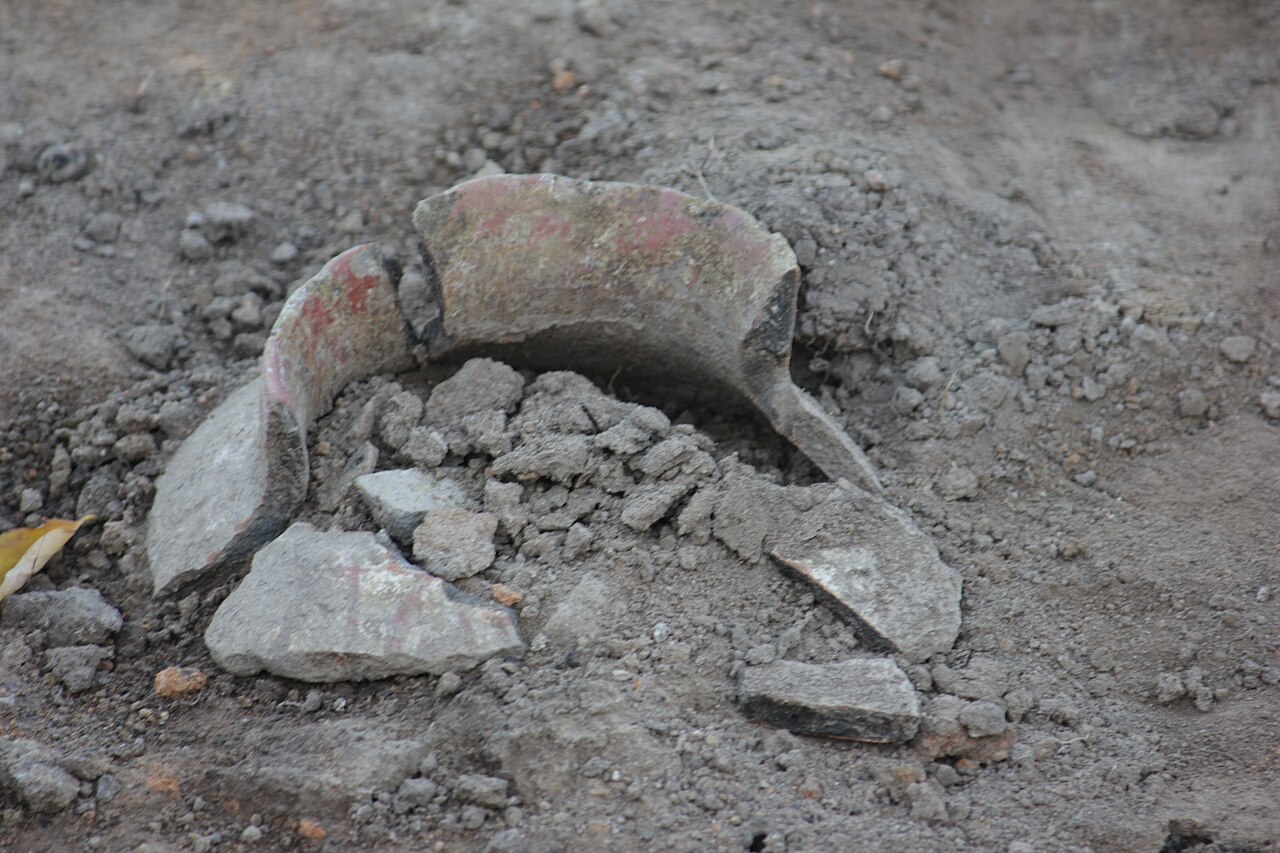 Edal Anton Leftwerov, CC BY-SA 3.0, Wikimedia Commons
Edal Anton Leftwerov, CC BY-SA 3.0, Wikimedia Commons
August
A stela found in an ancient Maya city features carvings including the name of a previously unknown ruler, K’awiil Ch’ak Chéen. It is over 11 meters long and has over 123 hieroglyphic carvings organized into separate sections.
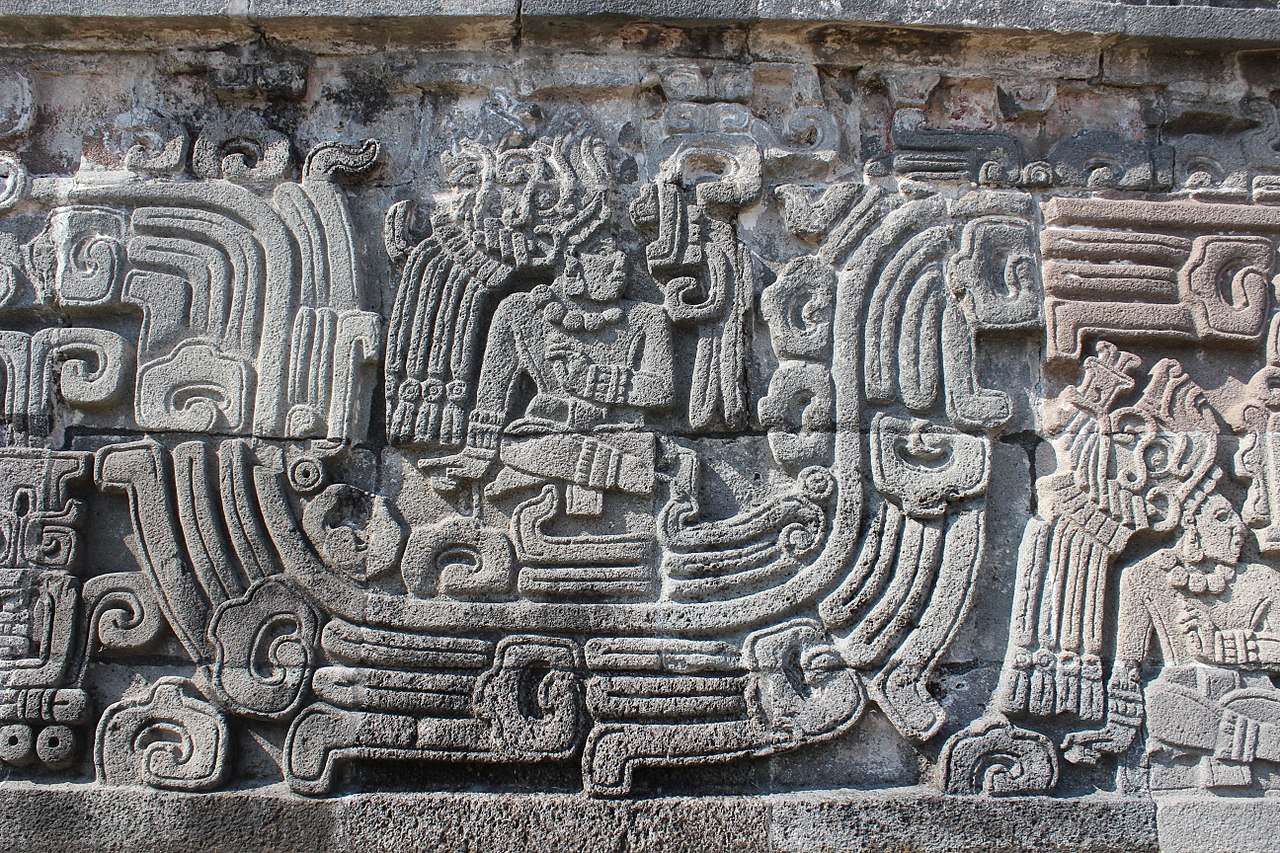 Arian Zwegers, CC BY 2.0, Wikimedia Commons
Arian Zwegers, CC BY 2.0, Wikimedia Commons
August
A 2,000-year-old prehistoric settlement was discovered while construction was underway in northeastern Scotland. 16 roundhouses, pottery, whetstones, and more were found at the site by Members of AOC Archaeology Group.
 Billy McCrorie, CC BY-SA 2.0, Wikimedia Commons
Billy McCrorie, CC BY-SA 2.0, Wikimedia Commons
September
More than 300 Nazca Line figures were newly discovered in Peru. Dated between 100 BCE and 1400 CE, it’s suggested that a pre-Columbian people created the drawings.
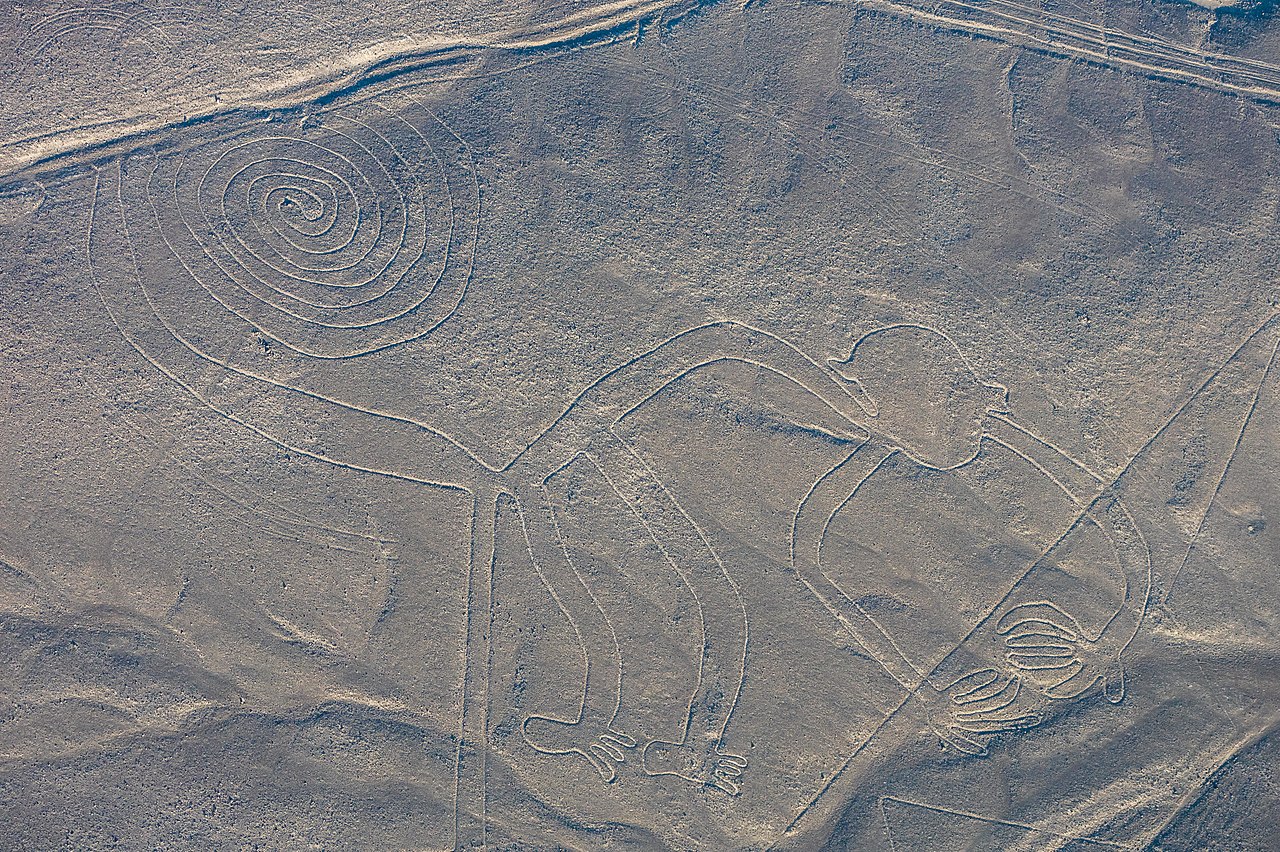 Diego Delso, CC BY-SA 4.0, Wikimedia Commons
Diego Delso, CC BY-SA 4.0, Wikimedia Commons
September
A strange discovery was made in Tarim Basin, Xinjiang: a 3,500-year-old cheese. It was found alongside mummies in the Basin. Another part of human history that modern humans continue to cling to.
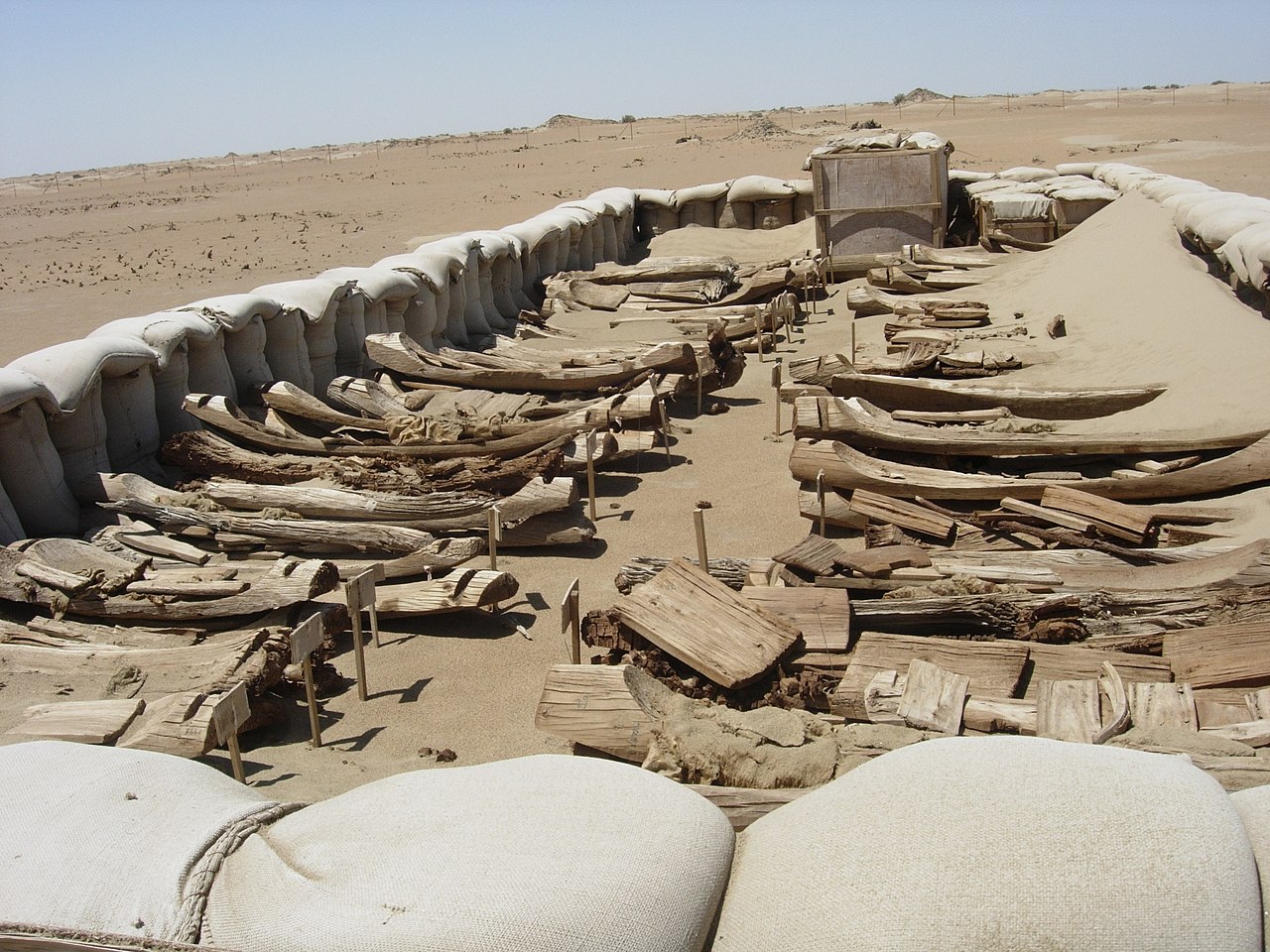 jun jin luo, CC BY 3.0, Wikimedia Commons
jun jin luo, CC BY 3.0, Wikimedia Commons
September
Remains of James Fitzjames, an officer part of the arctic exploration vessel HMS Erebus, were found on an island in the Canadian Arctic, with a jawbone featuring unique and specific markings confirming the officers consumed one another for food.
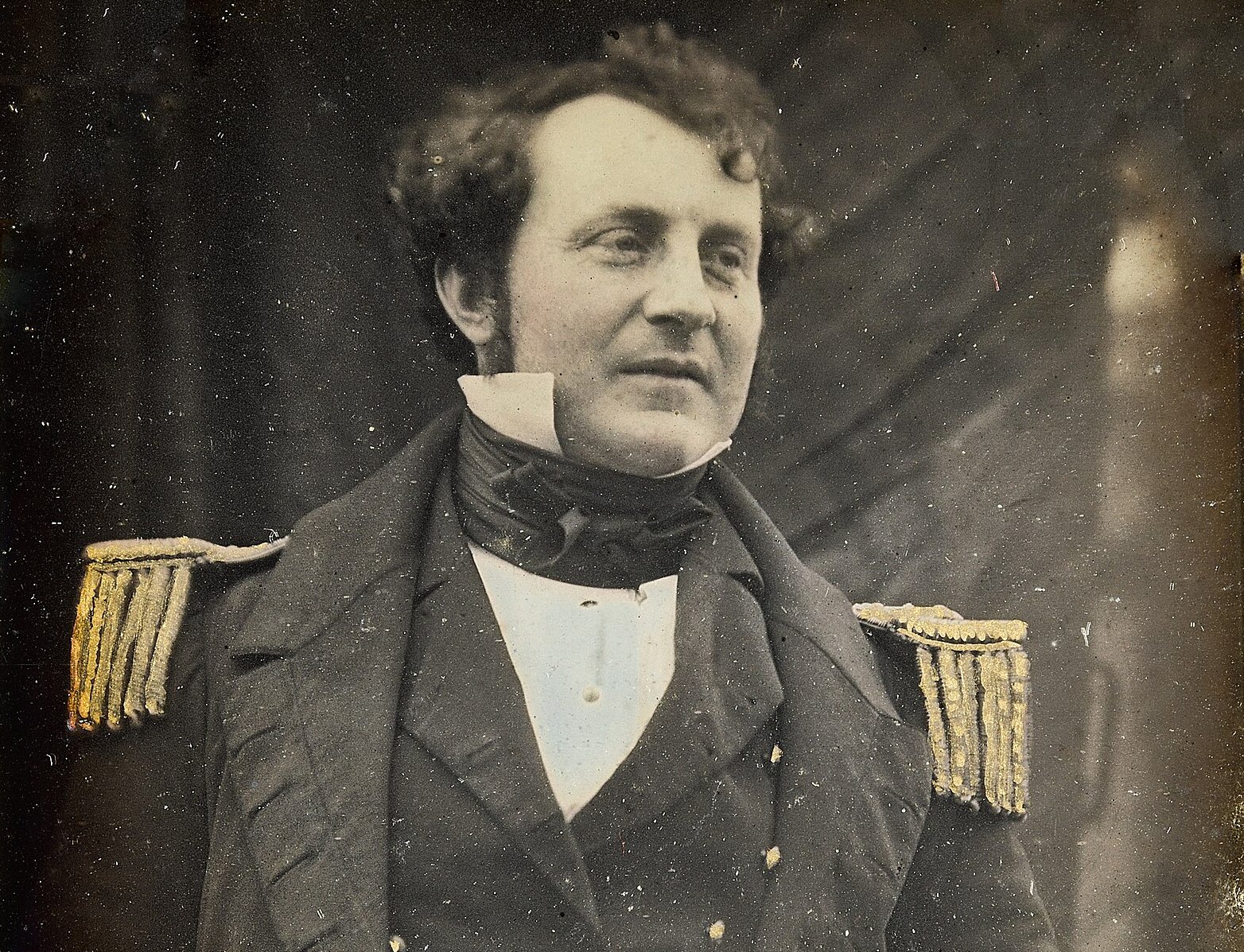 FabTet, CC BY-SA 4.0, Wikimedia Commons
FabTet, CC BY-SA 4.0, Wikimedia Commons
September
Two warrior pit graves were found cut into a cemetery in Ostrowiec County, Poland. There was also a funeral pyre found in the cemetery alongside grave offerings like swords, shields, spearheads, and pottery.
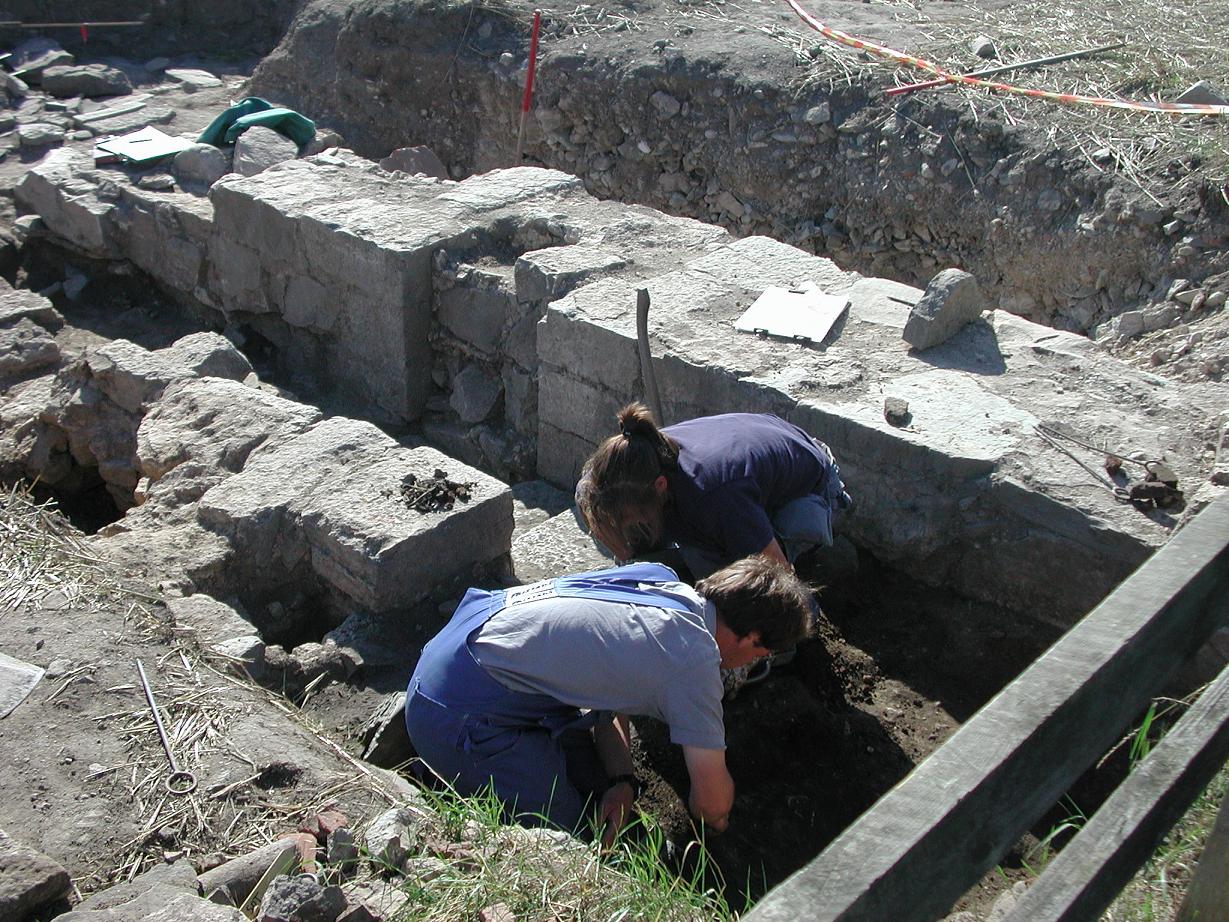 P G Henning, Wikimedia Commons
P G Henning, Wikimedia Commons
October
The burial of a woman named Edi, daughter of Jifai-Hapi, who was governor of Asyut in Upper Egypt, was uncovered. The chamber dates to the 12th Dynasty, which was the reign of King Senusret I.
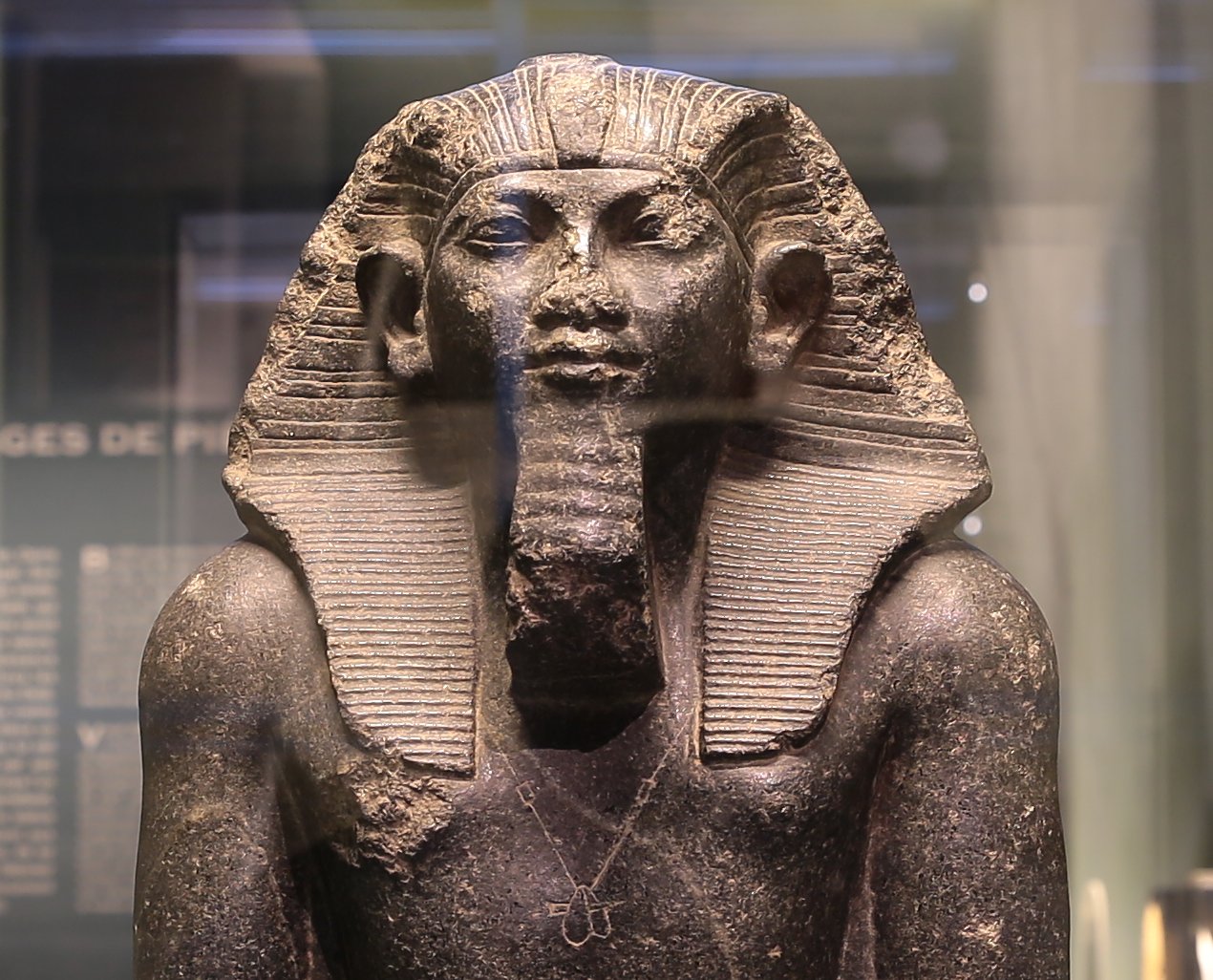 PBA Lille, CC BY-SA 4.0, Wikimedia Commons
PBA Lille, CC BY-SA 4.0, Wikimedia Commons
October
The remains of four children were found in Trujillo, Peru. It’s thought they belonged to the Chimu group, who were thought to make child sacrifices to their gods in exchange for favorable weather.
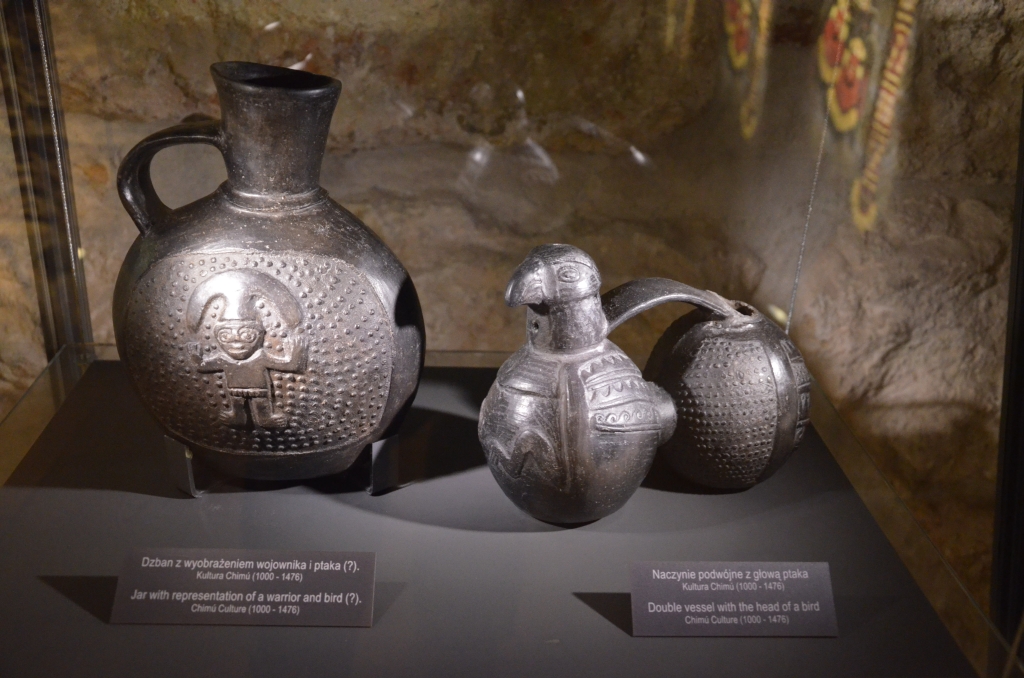 Silar, CC BY-SA 3.0, Wikimedia Commons
Silar, CC BY-SA 3.0, Wikimedia Commons
October
The remains of Christopher Columbus are confirmed to be located in Seville, Spain. They used DNA analysis to establish that the remains were of the same Spanish-Jewish origin as Columbus. This puts a long-standing debate to rest.
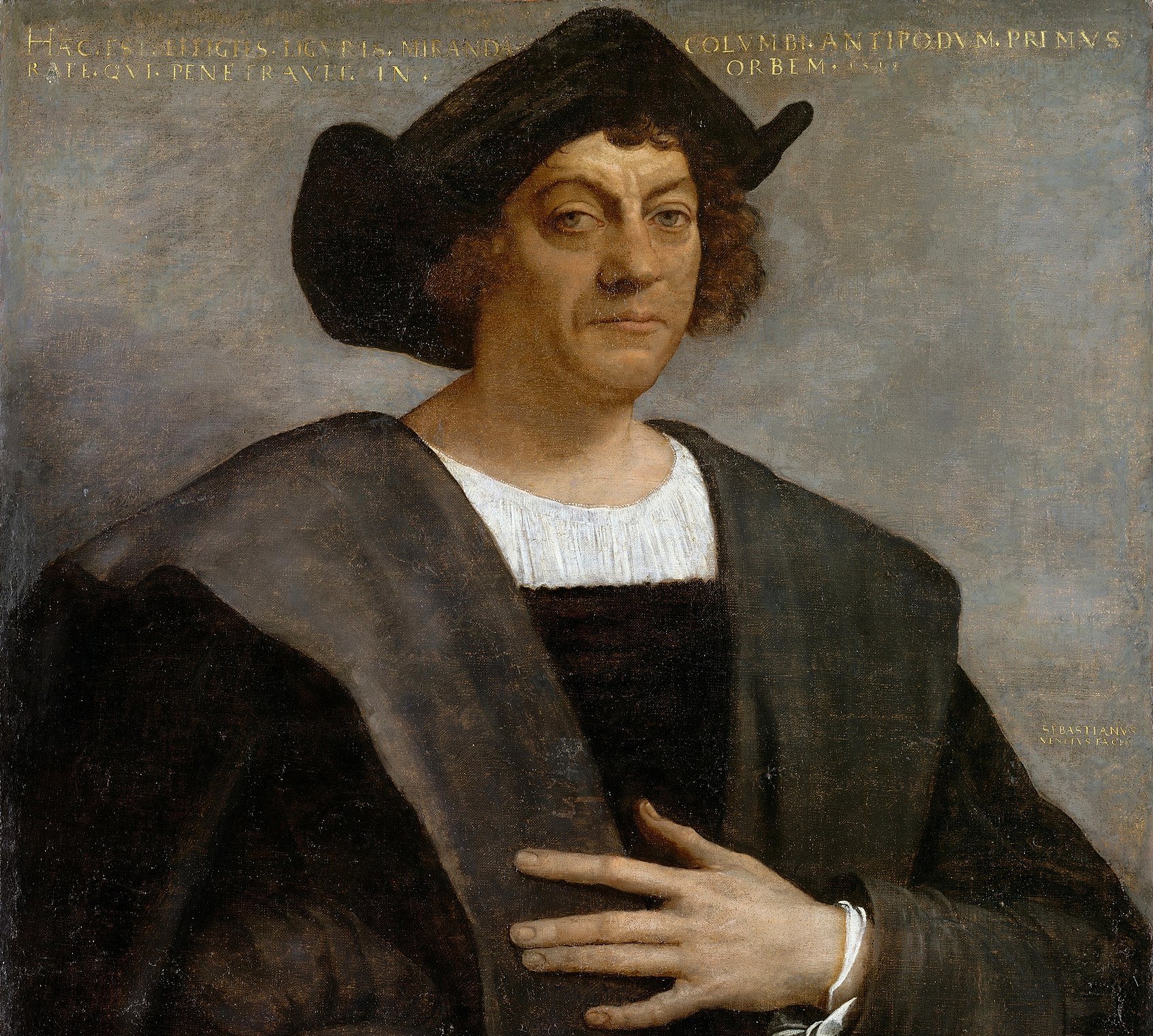 Sebastiano del Piombo, Wikimedia Commons
Sebastiano del Piombo, Wikimedia Commons
November
A shipwreck was found off the coast of Malindi, Kenya. It was originally discovered in 2013, but now it is suspected to be the São Jorge, one of the first European shipwrecks in the Indian Ocean.
 Charles Dixon, Wikimedia Commons
Charles Dixon, Wikimedia Commons
November
Researchers uncovered the oldest known alphabet engraved onto 4,400-year-old clay cylinders. It was found in a Syrian tomb in Umm el-Marra and is 500 years older than any other existing scripts.
 High Contrast, CC BY 3.0, Wikimedia Commons
High Contrast, CC BY 3.0, Wikimedia Commons
November
A unique discovery was uncovered at the Bahra 1 site in Kuwait: a jewelry shop dated to the Ubaid Period, during the Mesopotamian era. Even ancient humans enjoyed shiny things!
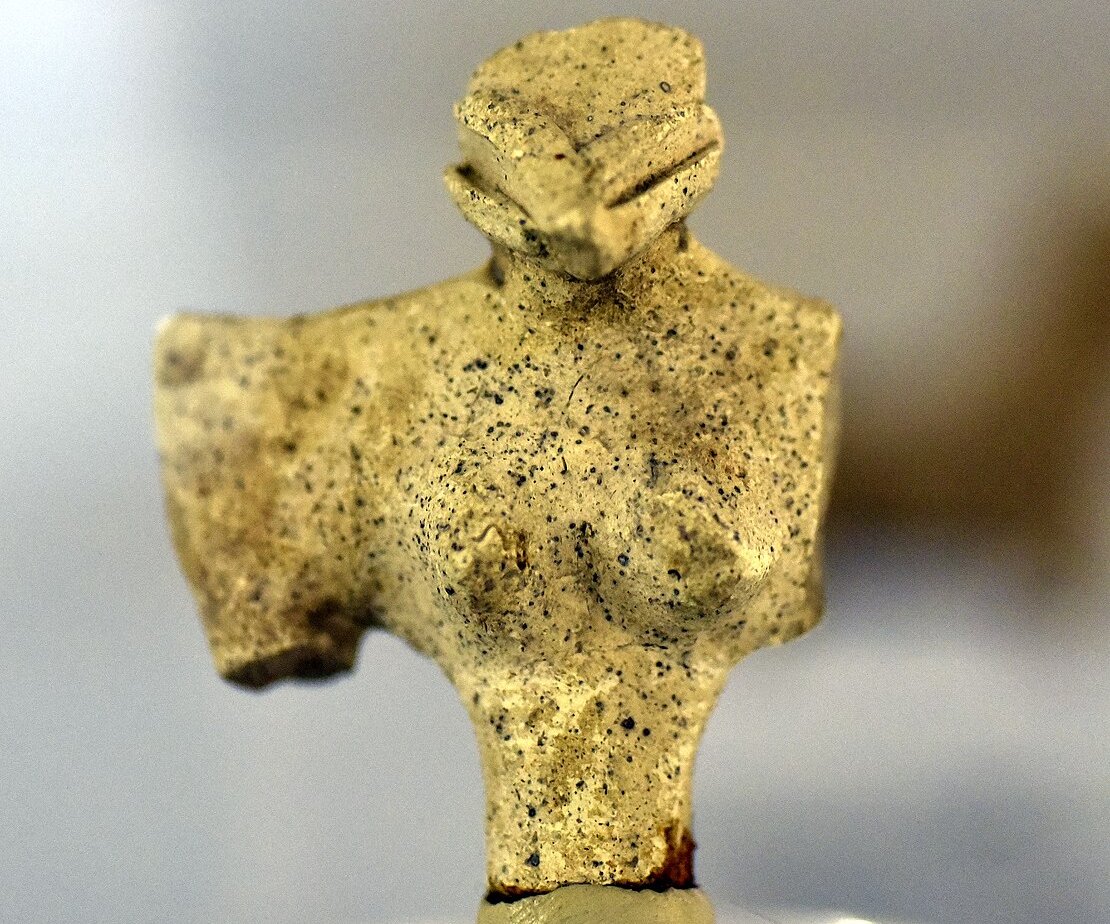 Osama Shukir Muhammed Amin, CC BY-SA 4.0, Wikimedia Commons
Osama Shukir Muhammed Amin, CC BY-SA 4.0, Wikimedia Commons
December
Ceremonial and religious artifacts were found in the southern part of a temple complex in Taposiris Magna, Egypt. They were uncovered in a foundation deposit, and there were lots of different artifacts.
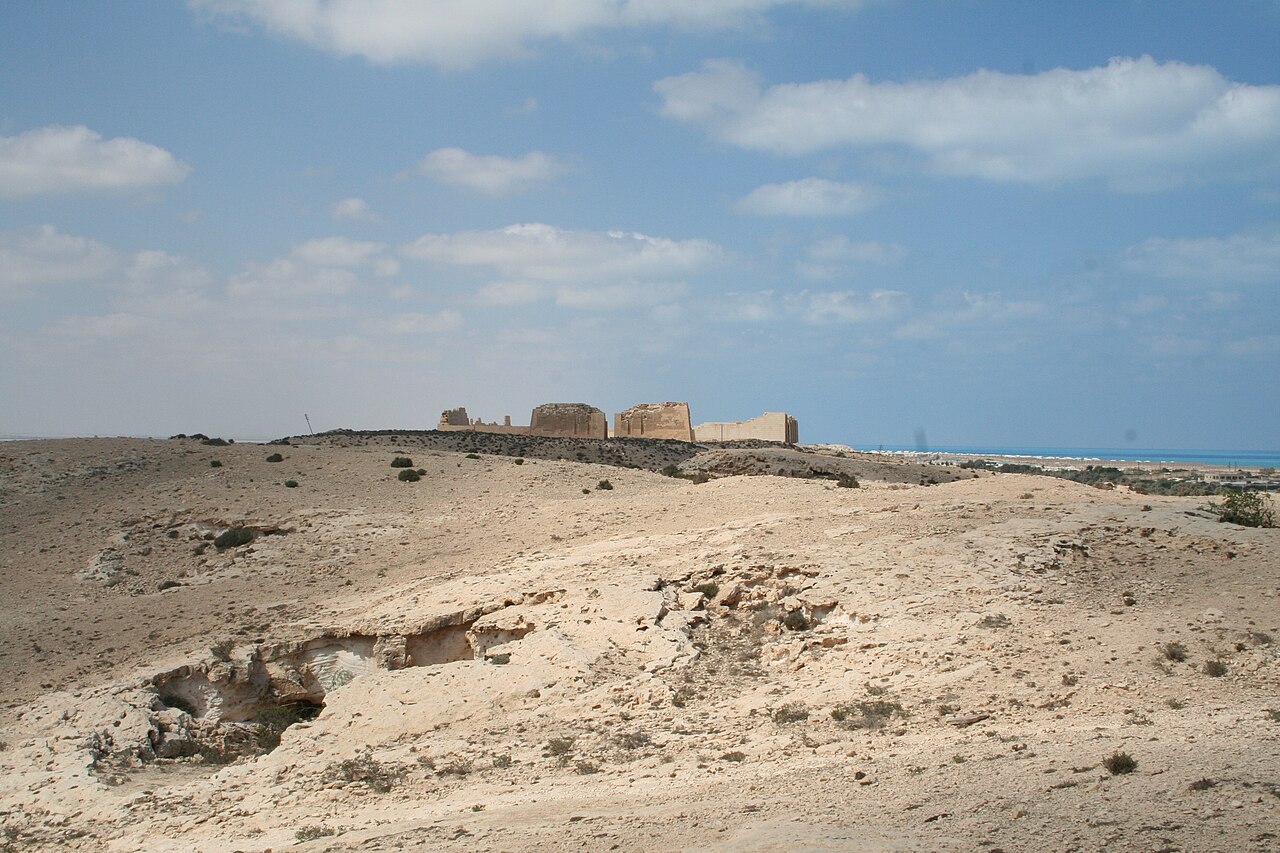 Einsamer Schütze, CC BY-SA 3.0, Wikimedia Commons
Einsamer Schütze, CC BY-SA 3.0, Wikimedia Commons
December
A silver-and-gilt hilted sword was revealed in an Anglo-Saxon burial site in Kent. It’s suspected that the sword was originally smithed in the sixth century.
 Yorkshire Museum, CC BY-SA 4.0, Wikimedia Commons
Yorkshire Museum, CC BY-SA 4.0, Wikimedia Commons
December
At the site at Nimrud’s Ninurta Temple, two 2,600-year-old shrines were discovered. Among the shrines were a variety of artifacts, like a cuneiform-inscribed dais and many record tablets.
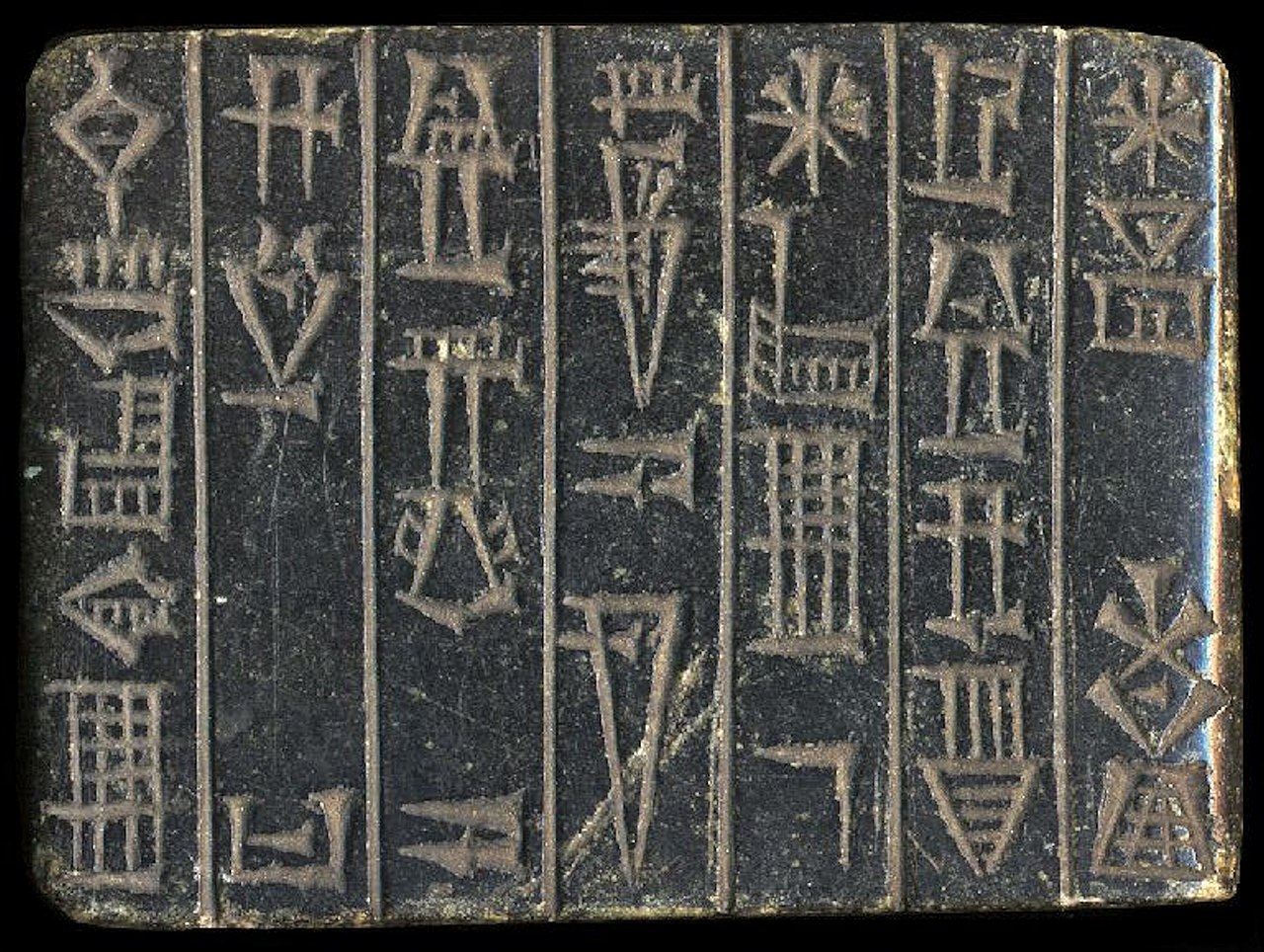 The Walters Art Museum, CC0, Wikimedia Commons
The Walters Art Museum, CC0, Wikimedia Commons
You May Also Like:
Archaeologists Have Just Found A 1,500-Year-Old Sword In A Hidden Grave
Analyzing The Famous Alexander The Great Mosaic
Inside King Arthur's Hall: Historians Discover Secrets Of The Neolithic Era







